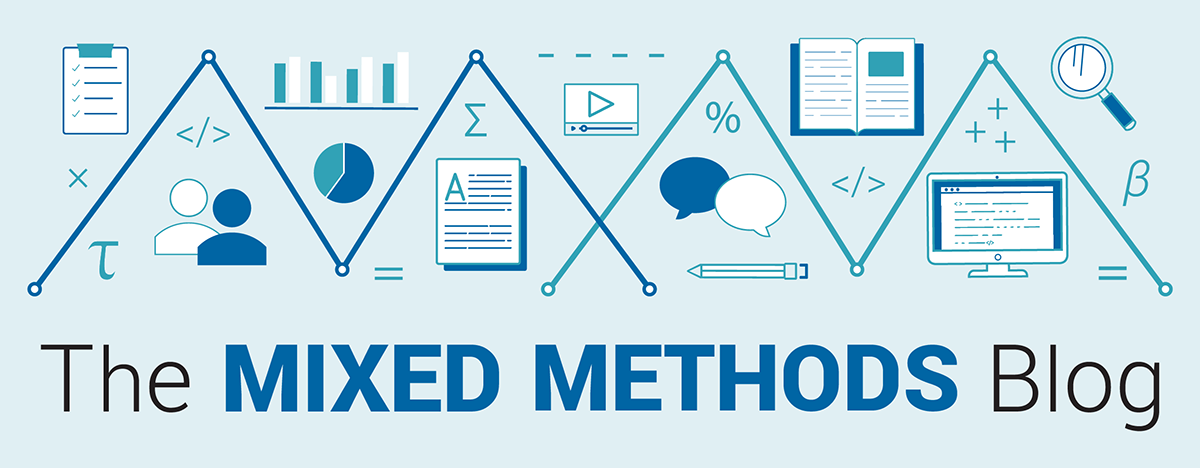This post is the third in a series that brings you inside the classroom to understand more about high-quality instruction in community colleges. The first installment introduces the series, and the second describes the president’s role in teaching and learning.
Most faculty at Clackamas Community College, where I teach, still use lecture as their primary mode of instruction, according to what I’ve heard from students over the years. There is a swell of historical and cultural support to keep lecturing—it’s what most of us experienced in college ourselves, and what we continue to see in popular culture’s depictions of college classrooms. Beyond one’s own sense of integrity, there are few incentives or rewards for trying to move beyond lecture and improve the quality of instruction.
I suspect many faculty would like to better their teaching, but we are perhaps not sure how, exactly, to do that. Professional development at Clackamas usually takes the form of travel to professional conferences, which has limited impact on what we do in the classroom. These issues are compounded for part-time faculty, who often do not have equal access to funds, support, or community. Many faculty feel stuck in this (lack of a) system.
In the area of mathematics instruction, I think these factors are particularly acute (though perhaps everyone thinks of their subject as unique in its challenges). The algebra-based content of the typical math curriculum has been in place for decades. It is regarded as largely immutable, and lecture seems to be the only or best way to show students how to factor a quadratic or employ the Chain Rule to take a derivative.
It is within this landscape that I engaged in a project to learn about and practice the Lesson Study model of professional development. The targeted course was our Math 098 class, which seeks to support students who have not been successful in traditional mathematics courses. Our focus in Math 098 is on quantitative literacy—the “walking around math” we all see and do every day—and in creating a supportive and equitable atmosphere where all students develop the agency and authority to see themselves as doers of math.
What is Lesson Study?
Lesson Study is an approach to professional development where a team of instructors plans a lesson based on research on effective curricula and instruction, observes a team member teaching the lesson, and then reflects on and discusses the effect of the lesson on students’ understanding of the content. The team uses its observations to refine the lesson and learn about practices that can lead to improved student learning more broadly.
The Unique Approach of Lesson Study
Lesson Study is organized as a community of practice. Over the past year, our team of four math faculty set aside deliberate time to meet and discuss instructional strategies. This was perhaps the most impactful aspect of the project—carving out time to share and work together to better understand and support student learning. Typically, faculty conversations about classroom activities are rushed and infrequent, and at their worst can devolve into a cataloguing of student deficiencies. The structure of the Lesson Study framework ensured our team’s time together was productive and stayed focused on our research theme of student engagement.
Lesson Study assumes a learner-centered classroom; our motto became, “developing eyes to see students.” The crux of a Lesson Study cycle is a classroom visit by the team—not to critique the instructor, but to carefully observe and document student engagement in the lesson. In our everyday work, faculty often act as independent contractors with autonomy and “academic freedom” in our classrooms, whose doors are firmly closed. Lesson Study throws the classroom door open wide for all to share and see the quality (and quantity) of student learning taking place inside. The Lesson Study experience has helped us to understand how to objectively observe and assess classroom activities by keeping the focus where it should be: on student learning.
Through this project, I have come to realize firsthand the efficacy of faculty collaboration. The lessons we develop as a team are far more thoughtful and impactful than what I might come up with on my own. This confirms my belief in the benefits of collaborative learning as a pedagogical tool. The acceptance and respect we give to our fellow team members allows us to create a space in which all ideas are welcome. This is an essential component of equity and allowed me to see how I might better promote equity through collaboration in my classroom.
Onward to Better Professional Development
Getting on an airplane in order to “do” professional development ignores the rich potential of collective effort on our own campus. It will take time, staffing, sustained institutional support, and probably some alterations in our faculty contract to effect changes in our approach to professional development. While the structure of Lesson Study (and its substantial time commitments) may not be possible in the current community college context, our experience with Lesson Study at Clackamas has provided our team with valuable insight into what effective professional development can look like. We will continue to develop our “eyes to see students.”






